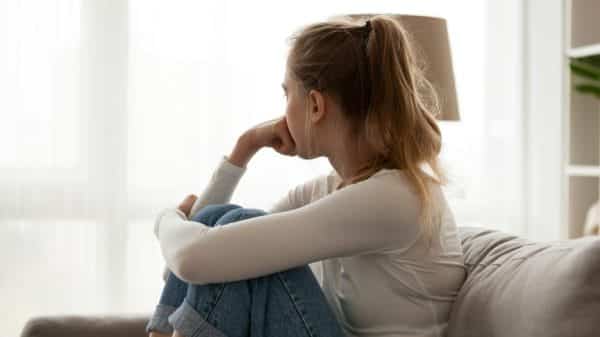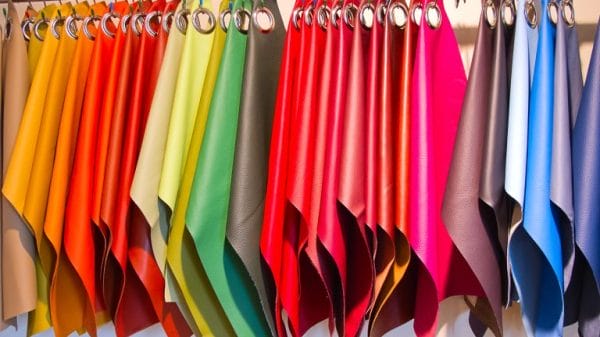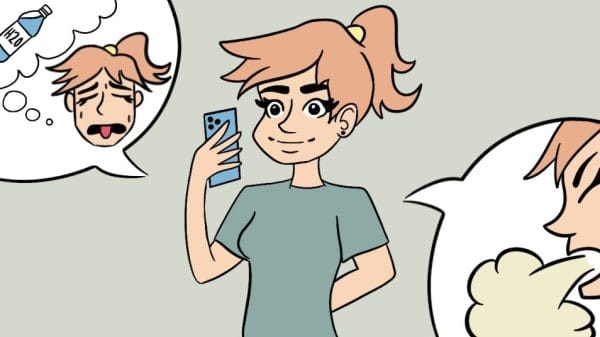When you think of LGBT stories, what comes to mind? Do you think of teenagers falling in love for the first time, a couple growing old together? Or do images of queer suffering make an appearance? When you think of an LGBT narrative, what sort of genre do you picture? Is it a comedy? Is it a tragedy?
“Queer Suffering” is a catch-all term for the disproportionate amount of hardships we see in queer stories when compared to heterosexual, cisgender ones. It could be the AIDS crisis or “Bury Your Gays,” which is when writers kill off their LGBT characters for shock value. It could also be the act of “outing” characters as queer for the sake of drama. Either way, the community just can’t seem to catch a break.
TV Regulations: The Good Ol’ Hays…
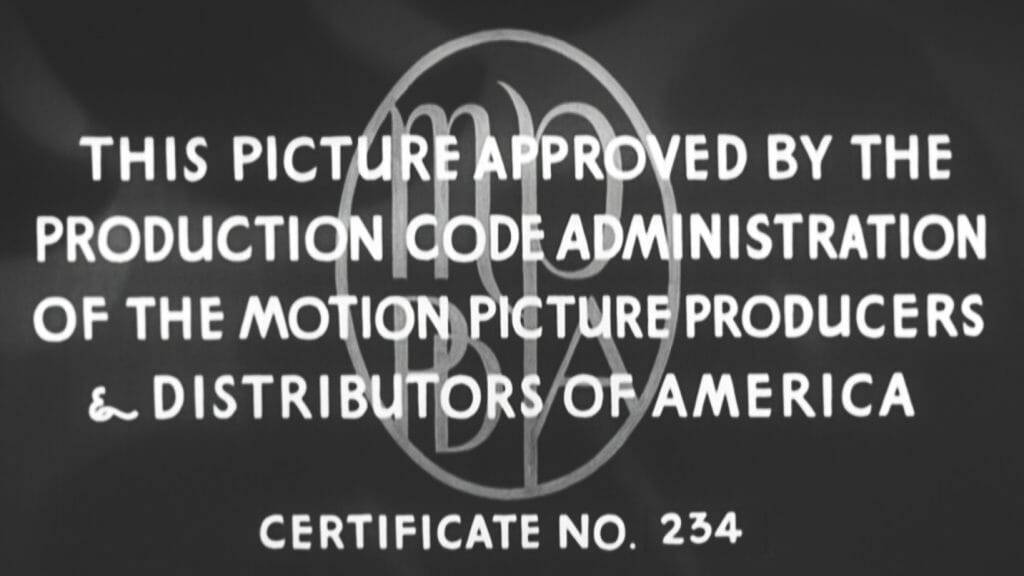
So, what does Hollywood find so enchanting about making gay people suffer? Even while the world progresses, many people and studios find themselves tied to the past. The Hays Code, from 1934-1968, dictated what was appropriate to show on television. It may shock you, but homosexuality was not acceptable, and if it had to be featured, directors would harm and punish their gay characters. Though the Hays Code is no longer in effect, studios follow patterns, and writing queer tragedy has become the default.
We could also say a lot about the idea that “art is pain.” Artists yearn to be taken seriously, and minority-centered stories have had to work twice as hard to get half the recognition. It’s not a huge leap in logic to believe that, in order to be deemed “artists,” directors are more likely to create tragedy with minority characters than they would otherwise. From another view, artists may view this as a form of catharsis, and a way to deal with the hardships from their own lives in a productive way.
Camp or Cruel?
Following this logic, the less concerned a director is with “high art,” the less likely they are to write Queer Suffering. This leads to a style widely beloved within the community: camp. Exaggerated, ironic, and gaudy, campiness is all about having fun and having a laugh.
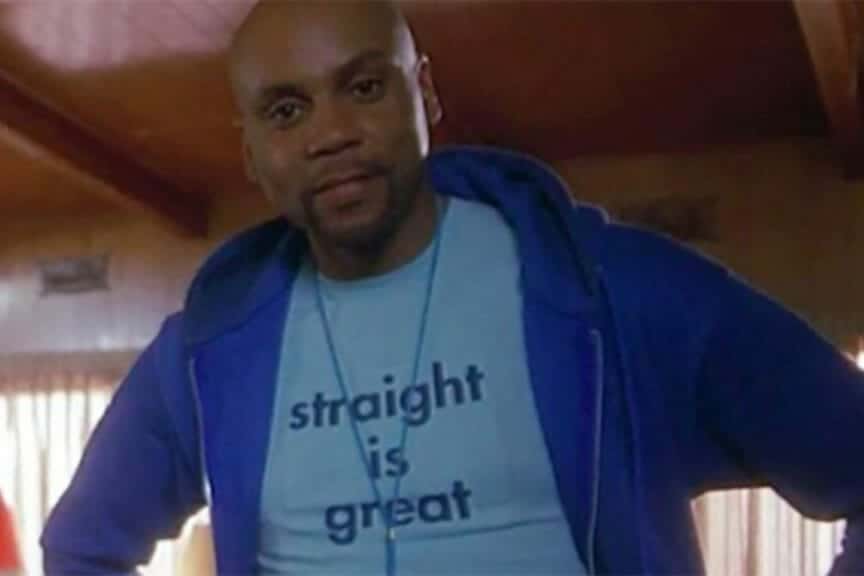
But I’m a Cheerleader (1999) is a well-known example of a campy, queer movie, satirizing conversion therapy. The film follows Megan (Lyonne) to a “homosexual correction” camp in her parent’s attempt to stave off her “urges.” The use of conversion therapy is a classic Queer Suffering trope. However, the film laughs at the idea and (spoiler alert!) creates a happy ending for Megan and Graham, her girlfriend. The camp is not only villainized, but there are several happy, queer characters to balance them out, rounding out the representation.
Campy vs Camping: Brokeback Mountain
To contrast, a well-known queer movie that lacks camp would be the dramatic Brokeback Mountain (2005). It follows Ennis and Jack (Ledger, Gyllenhall) fall in love, lose contact, and eventually die after working on the titular mountain. While a beautiful film, it is a drama, and other characters treat the men poorly. Oddly enough, modern audiences seem to be more inclined to make jokes about this sort of movie. I was blindsided upon watching it for the first time and realized it was NOT about two cowboys falling in love, eating beans and That’s All. That is, I guess, on me for not really looking into it more, but still.
(To be clear, I love both of these movies, and am not implying that one is better than the other. My personal preferences trend towards the campier side of things, but it does not make one a better “gay movie.”)
Love Wins
There’s an idea perpetuated by several insular groups that queer people can never be truly happy. While most know that this isn’t true, it can be difficult to turn to media and see even more suffering than in real life. This is especially true of young audiences, who may already be struggling with their identities. This, among other reasons, is why it’s so important to have examples of queer joy alongside the tragedy. To say that no stories surrounding queerness should have struggle would be absurd, since what drives any plot is conflict.
Many films have recently begun depicting queer life in a happier way, with only occasional hardship sprinkled here and there. It’s imperative not to eliminate the struggle of the community from film, but to uplift the joy within it. For this Pride Month, I’d like to challenge everyone; go watch a movie where a queer person is happy. I promise it’ll be worth it.







